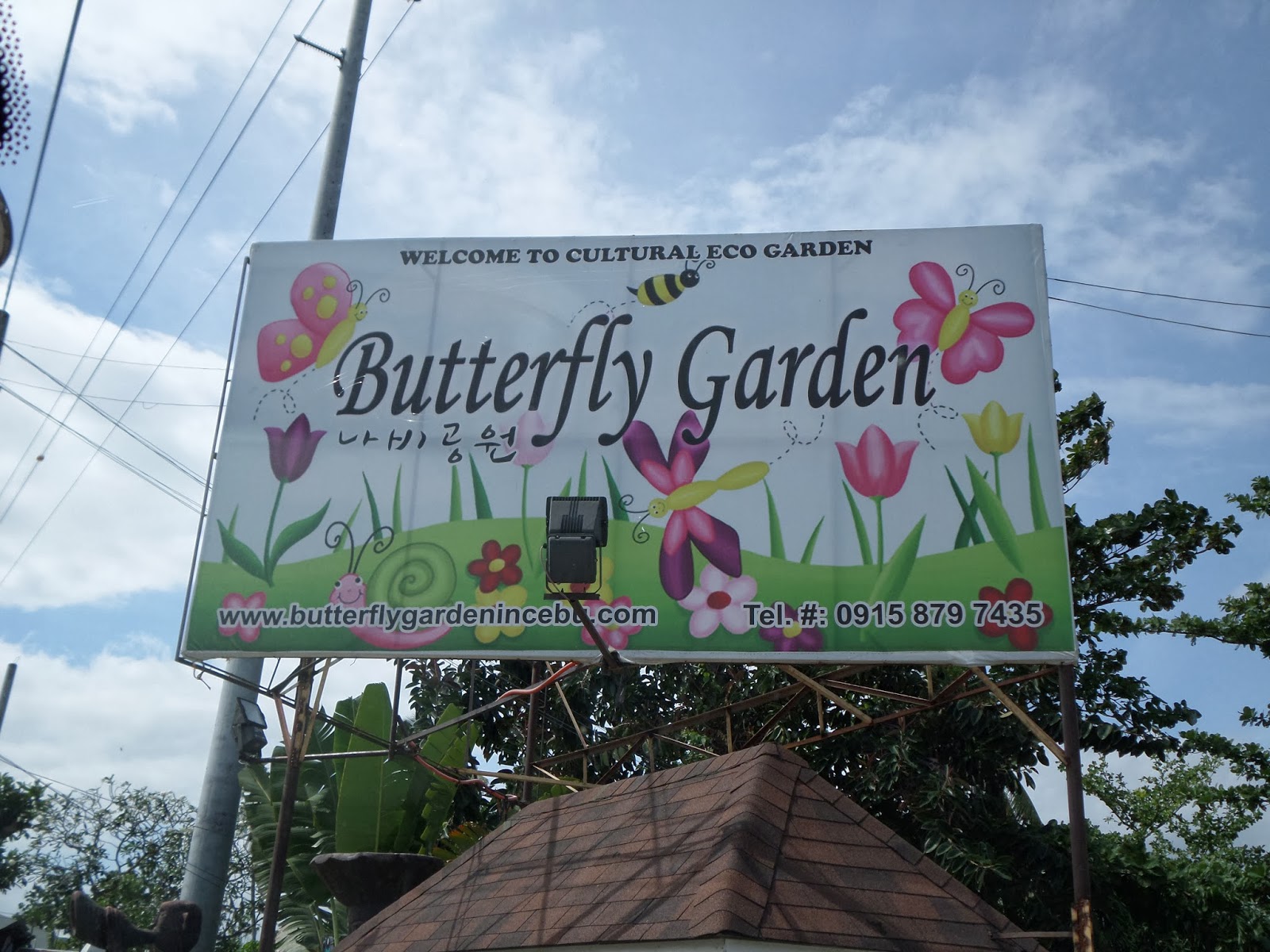I think I am entranced with butterflies. This particular visit was extra fun because we learned much about Filipino culture and horticulture.
First our guide talked to us about the Island of Cebu.
Already we know or have visited several areas on Cebu and are familiar with the names of cities.
Often as we hear the names of towns or cities, we think of Mission Zones within each area.
This pot is typical of the type of container formerly used to cool water.
The pottery, covered, allowed the water to get cool and stay cold.
Then our lesson on harvesting rice.
It is grown in a rice patty.
This is how the rice looks on the stalk.
Then the rice is removed from the stalk and dried.
It is then put in the center contraception to remove the husk around each grain of rice.
Our guide remembers that as her job, along with two brothers, when she was growing up.
For centuries, this was a typical Filipino home.
The family would normally eat inside, and often sleep outside.
It is so tiny, about large enough for one person - maybe.
This Sampaguita plant (or Jasmine) is often called a "Promise Me" plant.
Formerly it was used when courting a young woman.
The fan palm holds fresh water inside each stalk.
And then we entered the butterfly enclosure.
We saw orange, bright yellow and black, and black and white butterflies.
Butterflies typically love bright colors. (Just as I do.)
But, this was the neatest part. The black and white butterflies were all over my legs and feet.
They must love the smell of Jergens lotion.
Before we left the enclosure, we had to literally pick each one off my legs.
Next stop, the Eco House.
Don't you love this tree house?
So cool upstairs!
Elder Sommerfeldt tried first to use the primitive Filipino "Tutho" weapon.
He is actually a very good shot. Surprise- surprise!
Me - well, not so good, but having fun!
The coconut shell above the monkey heads was the target.
Then our guide taught us how to make Puso - or hanging rice bags.
After removing the spine in the leaf, we had two parts held together at the top.
These were woven together to make the rice bag.
Our teacher had lots of patience, letting us actually do the weaving ourselves.
Normally, after the bag is made, each strand would be pulled closer together,
then filled half way with rice flavored with sweet yellow onion,
boiled in water, which would cook the rice and expand it to fill the bag.
We have actually tasted this before.
On to learning about the native plants.
This was the orchid gazebo.
We were told that the root of the orchid does not need to be planted in soil.
It is often put in a coconut shell to keep the moisture around it.
This is a Cacao (or cocoa) Tree. The large golden fruit would be opened to find the cocoa
beans inside. They would be ground up to make the chocolate.
When you broke the spine of the rubber plant, the raw rubber would ooze out.
The small spot of white is the rubber.
Filipinos love the sugar cane because it makes the best rum.
This is a mango tree. One is actually growing outside our apartment.
Mangos make the BEST milkshakes ever!
Of course, there are coconuts everywhere.
The Filipinos drink the milk and eat the pulp when it is soft.
They really don't have shredded coconut or use it the way we do in cooking.
High above our heads were tiny limes. Our guide asked Will to pick two of them.
We pealed them and tasted them. They were very tart, but she said they were very good
for you to eat and were used a lot for flavoring in Filipino dishes.
We must have passed our lessons, as we earned our "farmers hats."
Don't we look like we are having fun at the end of our visit?
It was a great day!
Okay, I just have to put in one more picture for the day - Will finally said I could. After the Butterfly Garden, we went to SM Mall and each got a pedicure. I have never been able to talk him into that before. I get the polish and and nail art (butterflies this time), and of course he doesn't want that. But they did trim his toenails, including an ingrown toenail. He actually thought it was okay. Who wouldn't - his toe doesn't hurt any more. And it only cost 70P. (That's about $1.54)






















































